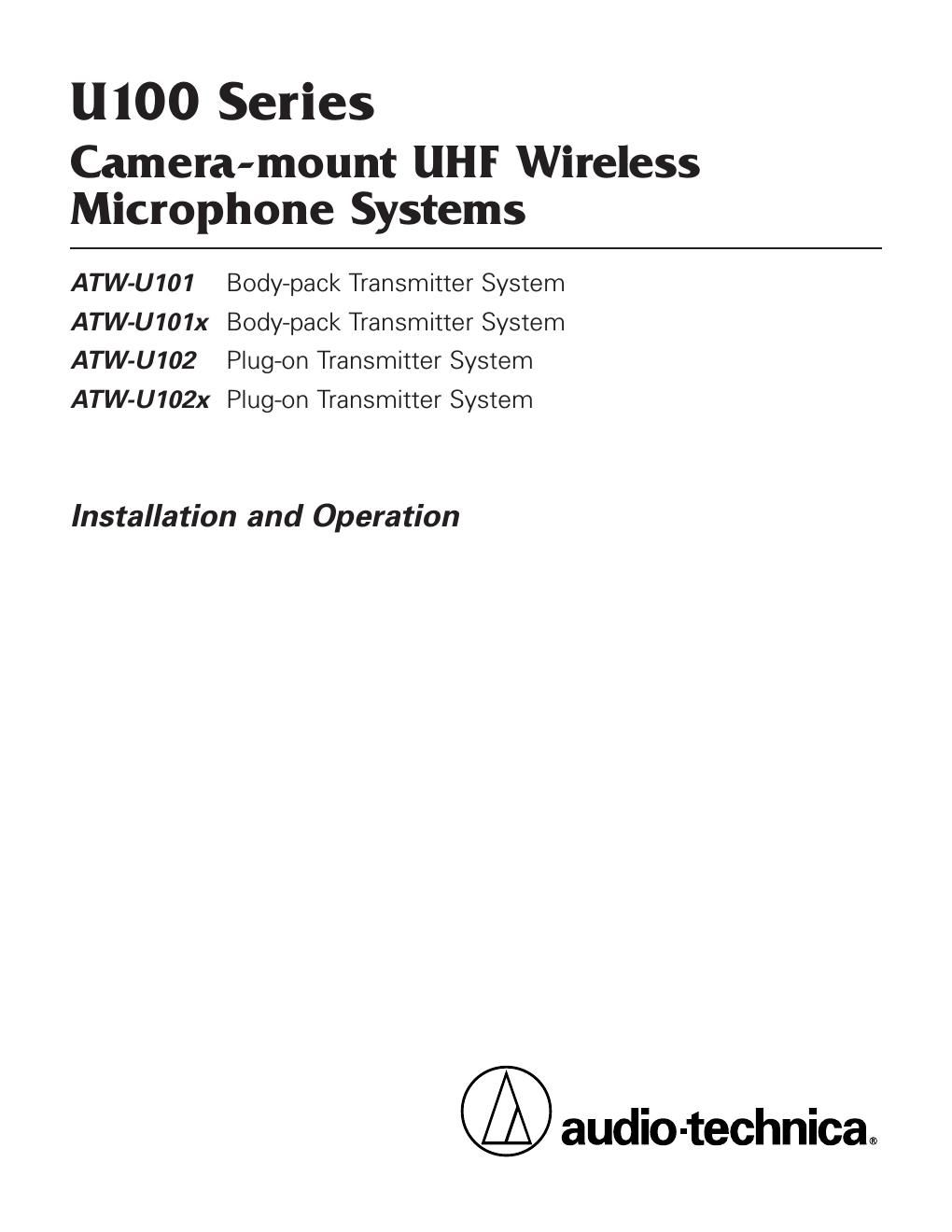Audio technica atw u102 owners manual
This is the 12 pages manual for audio technica atw u102 owners manual.
Read or download the pdf for free. If you want to contribute, please upload pdfs to audioservicemanuals.wetransfer.com.
Page: 1 / 12
